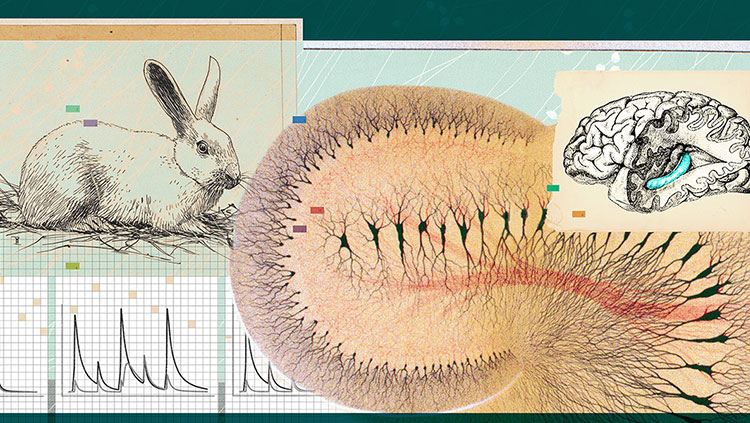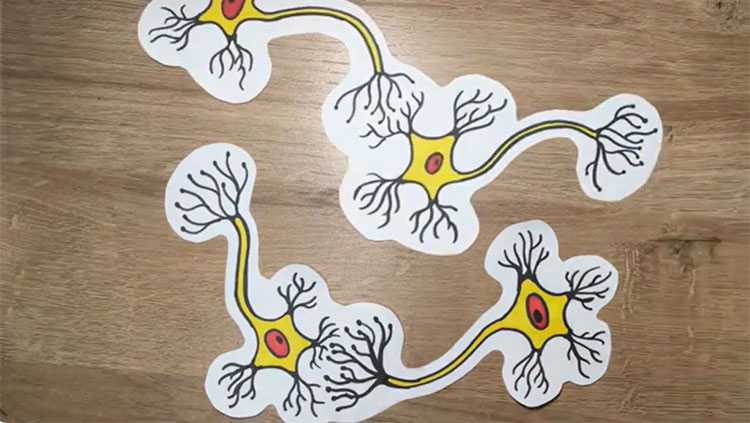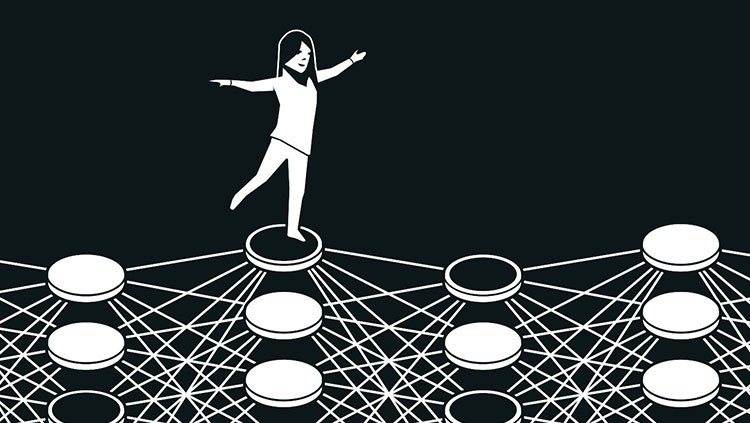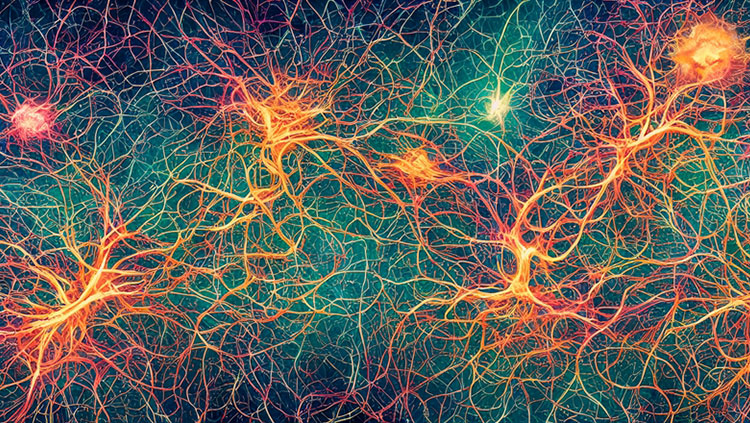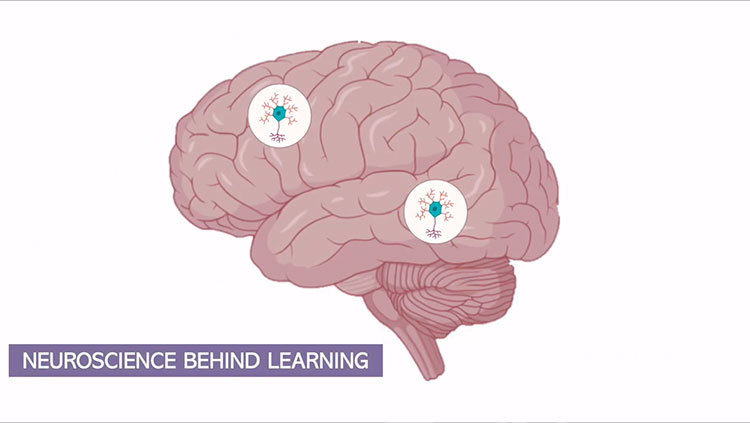Different Facets of Memory
- Published1 Apr 2012
- Reviewed1 Apr 2012
- Source BrainFacts/SfN
From remembering a friend's face to figuring out where you left your keys, the act of memory has many dimensions.
Our ability to learn and consciously remember everyday facts and events is called declarative memory. Studies using functional brain imaging have identified a large network of areas in the cerebral cortex that work together with the hippocampus to support declarative memory. These cortical areas play a distinct role in complex aspects of perception, movement, emotion, and cognition, each of which contributes to the overall experiences captured in declarative memories.
When we have new experiences, information initially enters working memory, a transient form of declarative memory. Working memory depends on the prefrontal cortex as well as other cerebral cortical areas. Studies on animals have shown that neurons in the prefrontal cortex maintain relevant information during working memory and can combine different kinds of sensory information when required. In humans, the prefrontal cortex is highly activated when people maintain and manipulate memories.
Distinct areas within the prefrontal cortex support executive functions, such as selection, rehearsal, and monitoring of information being retrieved from long-term memory. To serve these functions, the prefrontal cortex also interacts with a large network of posterior cortical areas that encode, maintain, and retrieve specific types of information — visual images, sounds, and words, for example — as well as where important events occurred and much more.
Semantic memory is a form of declarative knowledge that includes general facts and data. Although scientists are just beginning to understand the nature and organization of cortical areas involved in semantic memory, it appears that different cortical networks are specialized for processing particular kinds of information, such as faces, houses, tools, actions, language, and many other categories of knowledge. Studies using functional imaging of normal humans have revealed zones within a large cortical expanse that selectively process different categories of information, such as animals, faces, or words.
Our memories of specific personal experiences that occurred at a particular place and time are called episodic memories. The medial temporal lobe areas are generally believed to serve a critical role in the initial processing and storage of these memories. Studies have shown that different parts of the parahippocampal region play distinct roles in processing “what,” “where,” and “when” information about specific events. The hippocampus links these elements of an episodic memory. The linkages are then integrated back into the various cortical areas responsible for each type of information.
The fact that H.M. and other people with amnesia show deficits in some types of memories and not others indicates that the brain has multiple memory systems supported by distinct brain regions. Nondeclarative knowledge, the knowledge of how to do something, often called procedural memory, is expressed in skilled behavior and learned habits and requires processing by the basal ganglia and cerebellum. The cerebellum is specifically involved in motor tasks that involve coordinated timing. The amygdala appears to play an important role in the emotional aspects of memory, attaching emotional significance to otherwise neutral stimuli and events. The expression of emotional memories also involves the hypothalamus and the sympathetic nervous system, both of which support emotional reactions and feelings. Thus, the brain appears to process different types of memories in separate ways
CONTENT PROVIDED BY
BrainFacts/SfN
Also In Learning & Memory
Trending
Popular articles on BrainFacts.org




